Chapter 3- Health Bhvr - Part 2
1/26
There's no tags or description
Looks like no tags are added yet.
Name | Mastery | Learn | Test | Matching | Spaced |
|---|
No study sessions yet.
27 Terms
Social cognition models: Continuum theory (RMBB)
HBM
PMT
TRA
TPB
Factors influencing health practices
Perceived health threat
Perceived threat reduction
(thus increasing both makes for instillation of effective health habits)
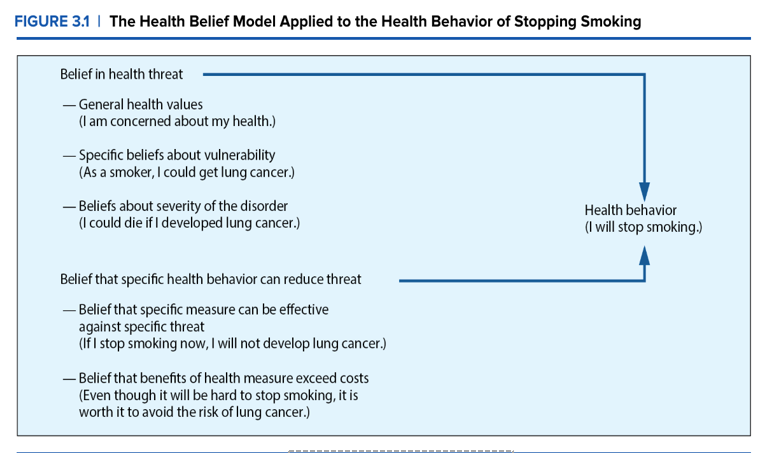
Basics of HBM
Demographic Variables affect the likelihood of behaviour
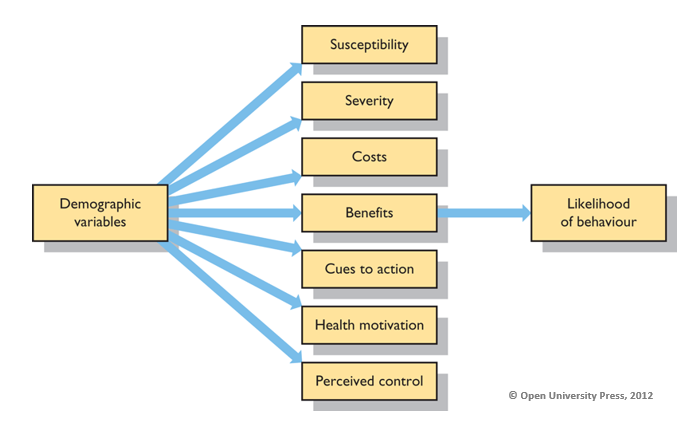
Critiques of HBM
no role for : emotions
: Social contexts
: past behaviour
: self efficacy
Basics of PMT (frsss)
Severity, susceptibility, responsive effectiveness, self efficacy and fear affect behaviour
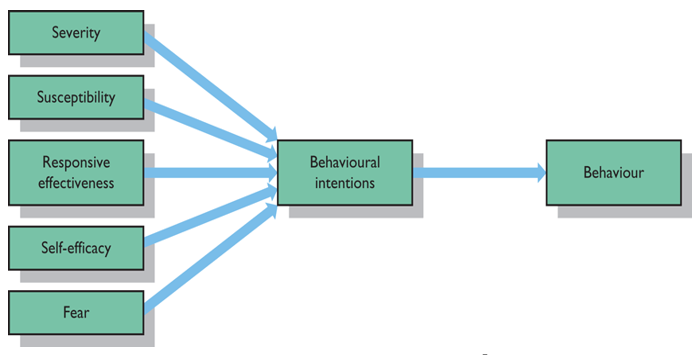
Evaluating PMT
Added emotion of fear
No role for: social context
: past bhvr
Basics of TRA
Belief about and evaluation of these outcomes + beliefs about important others’ attitude towards bhvr and motivation to comply with imp others affect bhvr
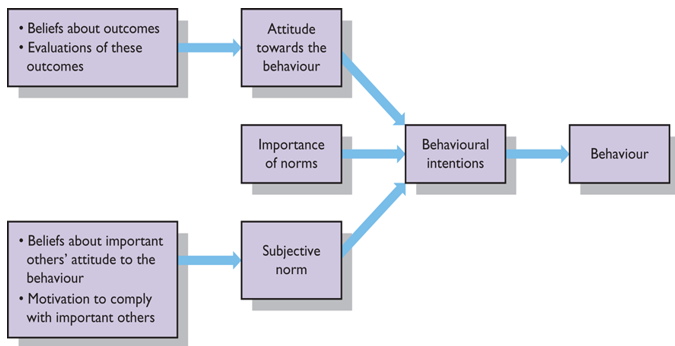
Evaluating TRA
Added social context
No role for: emotions
: past bhvr
Basics of TPB
TRB+ internal and external control factors influence bhvr
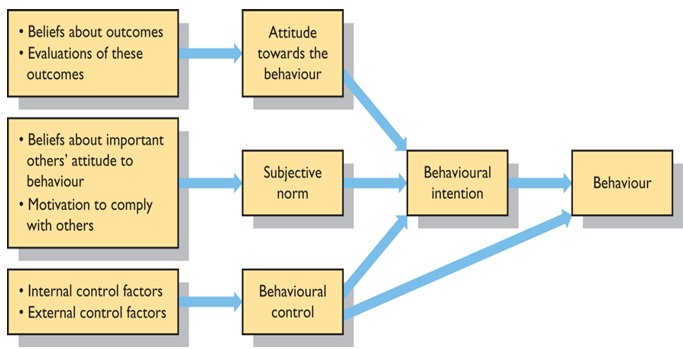
Evaluating TPB
ADDS: perceived control
: social context
: past bhvr
No role for emotions
Cant predict risky bhvr
Assume that bhvr change is guided by conc motivation
Ignore the fact that bhvr change can be automatic, and unaware
Attitude change interventions may only provide info but not motivation to act
Pros of continuum theories of bhvr
produced substantial amts of research to help understand these theories
identify beliefs that shud motivate anyone to change bhvrs
all models are better than chance at predicting bhvr.
Cons of continuum theories of health bhvr
Some theories are better predicting intentions than bhvrs
Relies heavily on self reports
Leaves out imp factors like self identity and emotions.
Intention- bhvr gap
40-50% variance in intentions
19-38% of actual bhvr
Ppl tend to want to behave in a certain way but do not always follow through.
Bhvrl willingness- the motivation for a person to engage in a risky bhvr at a certain moment
Teens are more prone to bhvrl willingness
Implementation intentions can help ppl meet their intentions
Evaluating the intention bhvr gap
ADDS- past bhvr
- habits
BRIDGING GAPS- implementation intentions
- the what and when of a bhvr (I will have a healthy lunch tmr at 12:30)
Implementation Intentions
Making simple plans that links critical situations or environmental cues to goal directed responses
Adding these intentions to attitude models has improved their ability to predict bhvr
(eventually becomes automatic)
CBT
uses complementary methods to intervene in the modification of a target problem and its context. (can be implemented individually or in a group)
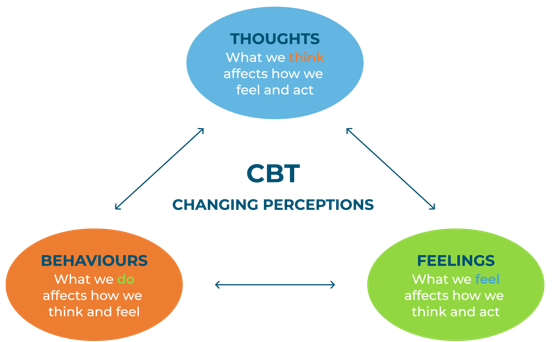
Self monitoring
understanding the dimensions of ones poor health habits before change can begin
Assess the frequency of a target bhvr and its precursors and consequences
stages- learning to discriminate the target bhvr
- charting bhvr- helps in identifying the discriminative stimulus
Stimulus-control interventions
ridding the evrmnt- discriminative bhvr- evoke problem bhvr
creating new discriminative stimuli- signal new response- will be reinforced.
Thought Record
ppls cognitions about their health habits are imp in producing bhvr change
CBT emphasizes self control where ppl learn to control the antecedents and consequences of the target bhvr
Cognitive restructuring- trains ppl to recognize and modify internal monologues to promote health bhvr change
Self reinforcement
Rewarding oneself to increase or decrease the occurrence of a target behavior
Self punishment
The administration of an unpleasant stimulus to punish an undesirable behavior
Contingency contracting: form of self punishment that is effective in bhvr modification
Behavioral assignments
Home practice activities that support the goals of a therapeutic intervention
Advantages of bhvrl assignment
client is involved in treatment
client produces useful analysis in planning interventions
client becomes committed to the treatment
responsibility for bhvr is slowly shifted to the client
homework assignments increase the clients sense of self control
Modelling
learning that occurs from witnessing another person perform a bhvr
Social skills training or assertiveness training
ppl are trained in methods that help them deal effectively with social anxiety.
Relaxation training
involves deep breathing and progressive muscle relaxation
Advantages of CBT
carefully selected set of techniques can deal with all aspects of a problem
therapeutic plan can be tailored to indivindual’s problem
skills imparted by multimodal interventions help modify several health habits simultaneously